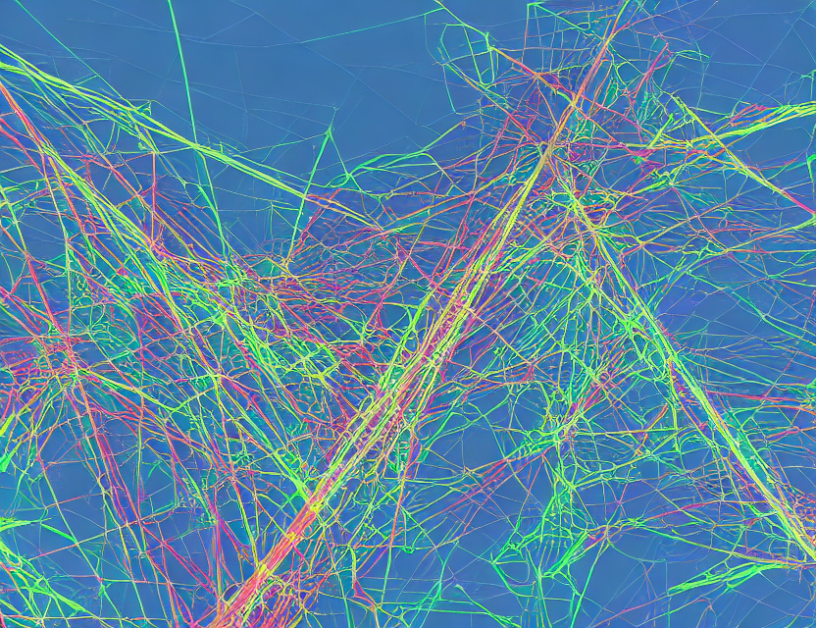Imagine you’re trying to solve a complex math problem, like calculating the trajectory of a planet in space. You could use a traditional method, like Newton’s laws of motion, but that would take a long time and be hard to do accurately. Alternatively, you could use a new approach called Physics-Informed Neural Networks (PINNs). PINNs are like a superhero that combines the power of math and machine learning to solve complex problems quickly and accurately.
How PINNs Work
PINNs work by adding the governing physical laws, or the equations that describe how something behaves in the real world, into the neural network’s loss function. This acts as a soft constraint on the model’s prediction, kind of like how a teacher gives a student a math problem with a hint on how to solve it. By doing this, PINNs can ensure that the solution they find is physically plausible and consistent with the laws of physics.
Advantages of PINNs
PINNs have several advantages over traditional methods. Firstly, they are much faster than numerical solvers, which can take hours or even days to solve a problem. Secondly, they are more accurate than machine learning approaches that don’t consider the physical laws, which can be off by several orders of magnitude. Finally, PINNs can handle complex problems with nonlinear dynamics and multiple solutions, making them ideal for problems in physics, engineering, and other fields.
Applications of PINNs
PINNs have been applied to a wide range of problems, including fluid dynamics, solid mechanics, electromagnetism, and image processing. For example, they can be used to simulate the flow of water around an object or predict the behavior of a robotic arm under different conditions. In some cases, PINNs have even outperformed traditional numerical solvers by several orders of magnitude.
Challenges and Future Work
While PINNs have shown promising results, there are still some challenges that need to be addressed. One of the main challenges is the choice of architecture and hyperparameters for the neural network, which can affect the accuracy and efficiency of the method. Additionally, there is a need for more research on the theoretical foundations of PINNs and their limitations, as well as the development of new algorithms that can handle complex problems with multiple variables and constraints.
Conclusion
In conclusion, Physics-Informed Neural Networks (PINNs) are a powerful tool for solving complex problems in physics and engineering. By combining the power of math and machine learning, PINNs can provide accurate and efficient solutions to problems that were previously unsolvable. While there are still some challenges to be addressed, PINNs have the potential to revolutionize the field of scientific computing and open up new possibilities for research and innovation.



